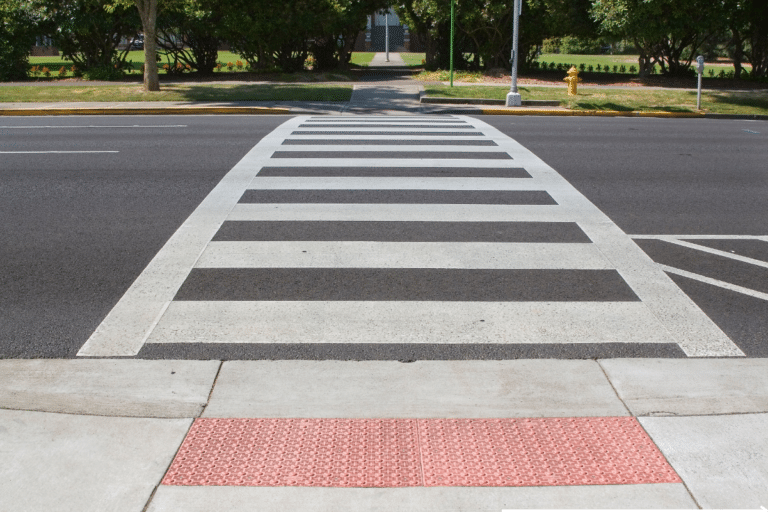Fall is a smart time to refresh your knowledge of Utah’s school zone and crosswalk laws. As thousands of kids head back to school in your community, brushing up on your rights and responsibilities as a driver could prevent a serious pedestrian injury. Protecting children in school zones takes following the speed limit, watching the road and yielding to pedestrians in crosswalks, when applicable. Our Layton pedestrian accident attorneys have a few tips to share about Utah’s crosswalk and right-of-way laws.
Pedestrian Rights-of-Way at School Crosswalks
Many schools in Utah have crosswalks at intersections and other places near campus. If you see a crosswalk at a place other than an intersection, pedestrians using the crosswalk will always have the right-of-way. You must come to a complete stop before entering the crosswalk to allow waiting or walking pedestrians to cross. Most crosswalks in school zones will have lights signaling when a pedestrian wishes to cross. Others may have crossing guards on duty to help facilitate the flow of foot traffic. You must obey a crossing guard’s directions in school zones.
If a school zone has a crosswalk at a four-way stop (without a traffic signal), you must yield the right-of-way to any crossing pedestrians. You may only proceed across the crosswalk when the pedestrians are not in your half of the roadway or approaching fast enough to constitute a risk. You may have the right-of-way, however, if the crosswalk is at a marked intersection with a traffic signal. If you have a green light and are proceeding straight ahead, pedestrians must yield you the right-of-way. If you are making a right or left turn, however, you must yield to crossing pedestrians before making the turn.
Pedestrians must follow traffic control signals when using school crosswalks. They may only cross when the signal says it is safe to walk. No pedestrian may step off the curb when it is not safe to do so. A pedestrian cannot leave the curb when a vehicle is approaching at a speed and/or distance to create an immediate hazard. A child darting into the road, for example, would not have the right-of-way. A pedestrian crossing the road someplace other than an intersection or crosswalk (jaywalking) will also not have the right-of-way.
Pedestrian Safety Tips
As a driver, you should always be cautious when driving around pedestrians. In school zones, however, the risk of striking a pedestrian is often higher. Children can be unpredictable and may not follow roadway rules. They may dart out into traffic, jaywalk or cross the street without the right-of-way. Drive slowly and always be ready to hit the brakes. If any law enforcement agents are patrolling the school zone, follow their instructions. Yield to all pedestrians at crosswalks when they have the right-of-way.
If you have a child you are dropping off at school, leave early to avoid speeding. In your rush to get your child to school on time, you could endanger the lives of other children in the school zone. Follow any markings on the pavement or other instructions for student pick-up or drop-off. If a vehicle has stopped at a crosswalk in a school zone, stop behind the vehicle. Never try to pass a vehicle that has stopped to allow pedestrians to cross the street. If you are making a right turn at a red light, make sure no pedestrians are crossing the street in the direction you are turning.
As the parent of a child who will be walking to school this year, teach him or her pedestrian safety. Walk with your child to school until he or she is old enough to safely and responsibly do so alone. Explain vehicle and pedestrian rights-of-way. Teach your children to always follow a crossing guard’s instructions and to never run out into the road. Even with the right-of-way, children should stop at the curb and carefully look both ways before crossing. Dressing your child in brightly colored clothes could help increase his or her visibility to drivers, especially on rainy or foggy mornings.





